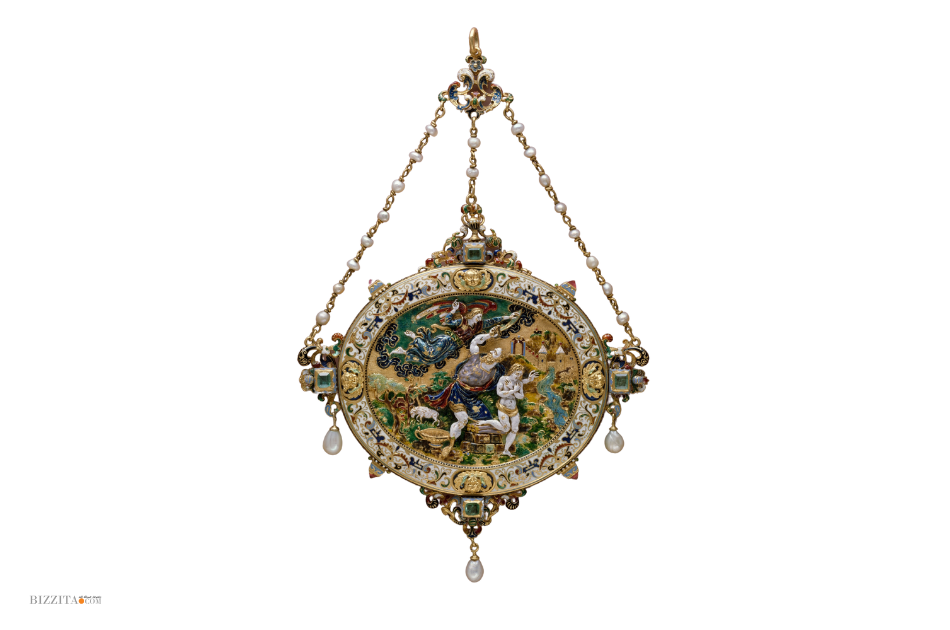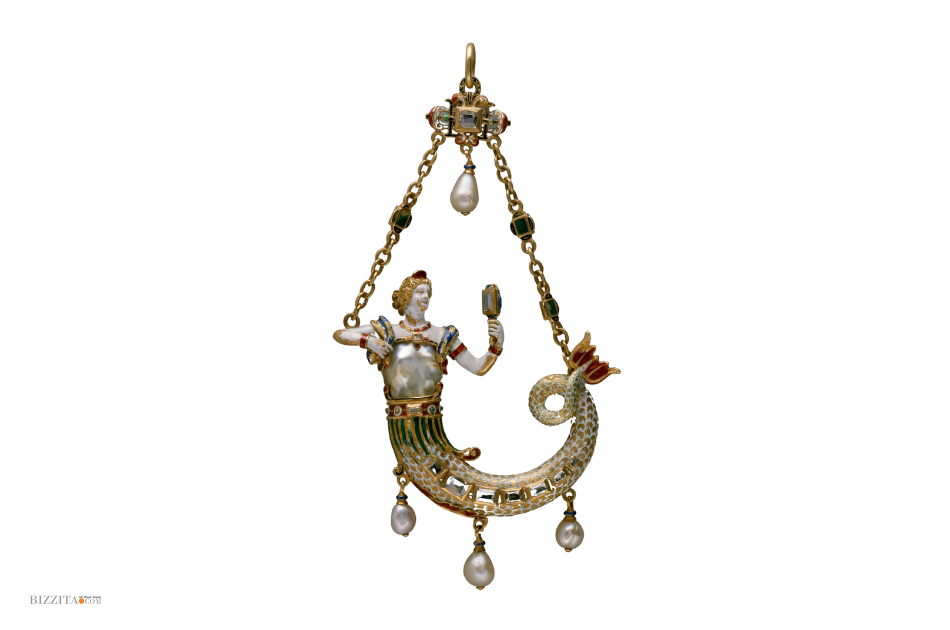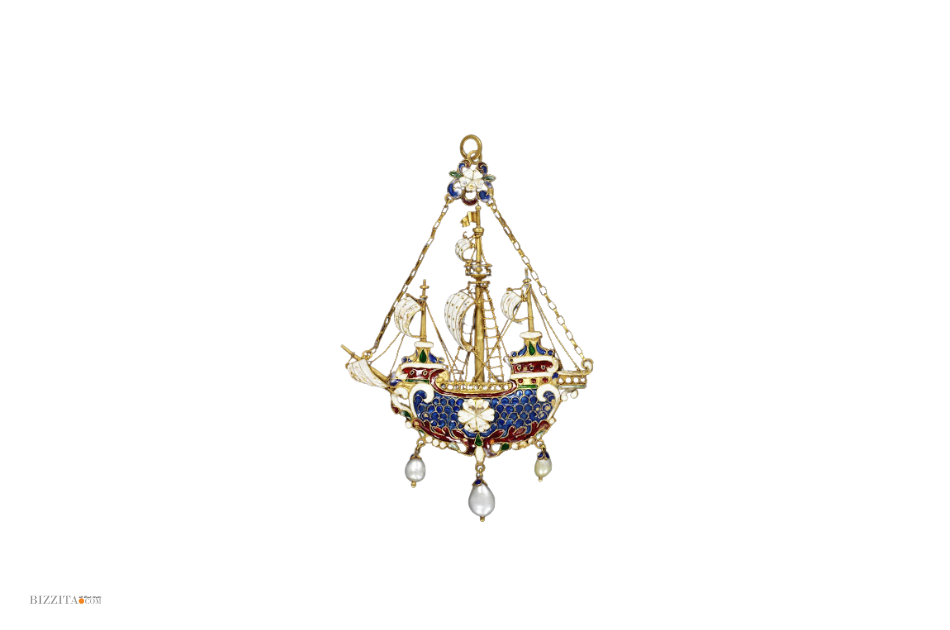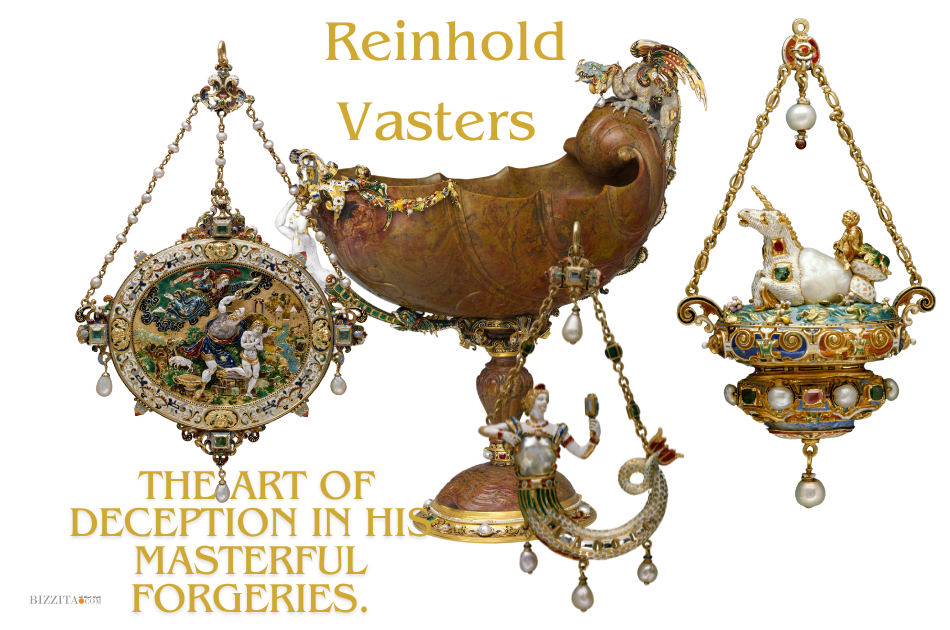Explore the fascinating life of Reinhold Vasters and discover the art of deception in his masterful forgeries.
Reinhold Vasters (2 January 1827 – 14 June 1909) was a masterful German goldsmith whose life and work are a fascinating blend of artistry and mystery. His incredible craftsmanship came to light when a collection of his designs was discovered 60 years after his death, revealing his prolific role as an art forger.
The Intriguing Life and Work of Reinhold Vasters: Master Goldsmith and Art Forger
Reinhold Vasters (2 January 1827 – 14 June 1909) was a remarkable German goldsmith whose exceptional skills and fascinating life story left a lasting mark on the art world. Known for his craftsmanship and prolific role as an art forger, Vasters' work continues to captivate historians and art enthusiasts alike.

Early Life and Career
Born in Erkelenz, Germany, Vasters grew up in a modest family. His father, a locksmith, passed away when Reinhold was only eight years old. Raised by his uncle, Vasters showed early promise in craftsmanship. After completing his schooling, he trained as a goldsmith in Krefeld and further honed his skills in major cultural centers like London, Paris, and Vienna. His talents were recognized early on; he exhibited his works at the Great Exhibition in London in 1851, where he won a prize for his exceptional pieces.
In 1853, Vasters moved to Aachen, where he registered his goldsmith’s mark and began working with Heinrich Joseph Viethen. Together, they created and repaired metal articles for the Aachen Cathedral, quickly earning a reputation for their high-quality work. Vasters specialized in antique liturgical gold and silver, which laid the foundation for his later forgeries.

Personal Life and Motivations
In 1855, Vasters married Anna Catharina Josepha Hammacher, the sister of painter Theodor Hammacher. The couple had three children, but tragedy struck when Anna died shortly after giving birth to their third child in 1859. This personal loss profoundly impacted Vasters, who was left to support his family on his own.
To provide for his children, Vasters began creating reproductions in historical styles. His expertise in antique techniques and styles made him exceptionally skilled at crafting convincing replicas. He worked with art historian Franz Bock, who had moved to Aachen in 1862, and with goldsmiths August Witte and Martin Vogeno. These collaborations honed his skills and expanded his network within the art world.

The Art of Forgery
Vasters’ foray into forgery was driven by necessity and facilitated by his association with the art dealer Frédéric Spitzer. Spitzer, a Viennese art dealer with a keen eye for detail, recognized Vasters' talent and helped him sell his historical fakes. Vasters became adept at creating pieces that mimicked the work of renowned Renaissance artists such as Wenzel Jamnitzer, Leone Leoni, and Valerio Belli. His forgeries were not just imitations; they were carefully distressed and aged to appear convincingly ancient. He even added fake workmen's marks to authenticate his creations further.

The true extent of Vasters’ forgery was not realized until the 1970s when an archive of his designs was discovered at the Victoria & Albert Museum in London. These designs, acquired by art dealer Murray Marks in Aachen in 1909, sold to Lazare Lowenstein in 1918, and donated to the V&A in 1919, revealed the depth of Vasters’ deception. Many pieces in the Victoria & Albert Museum and the Metropolitan Museum of Art, previously thought to be original works by other artists, were actually crafted by Vasters.

One notable example is the Rospigliosi Cup, which was initially attributed to Benvenuto Cellini and later to Jacopo Bilivert or Biliverti. Vasters' meticulous work fooled experts for decades. He is also suspected of creating several objects in the Waddesdon Bequest at the British Museum. Many of his forgeries remain undiscovered, hidden in museums and private collections worldwide.

Legacy and Impact
Reinhold Vasters passed away in Aachen in 1909, having suffered a stroke. He left behind two children and eight grandchildren. Despite the controversy surrounding his forgeries, Vasters’ legacy as a master goldsmith endures. His life story serves as a reminder of the fine line between genuine artistry and deception in the art world.
Vasters’ work intrigues and inspires, shedding light on the complexities of art authentication and the enduring appeal of historical craftsmanship. His ability to blend technical skill with creative ingenuity allowed him to leave a lasting impact on the art world, even if under a veil of deception.

For those fascinated by art history and the intricacies of forgery, Reinhold Vasters’ life offers a captivating tale of talent, tragedy, and intrigue. His story is a testament to the enduring power of craftsmanship and the lengths individuals will go to support their loved ones.
- Images are downloaded from The Met and the V&A Museum ( Metropolitan Museum of Art and the Victoria & Albert Museum, via Google Arts and Culture)
I appreciate your support!
Warmly,
Esther
- Follow me on LinkedIn for daily doses of jewelry and jewelry industry inspiration!
- You can also subscribe to my newsletter on LinkedIn! (we are heading towards 12.000 subscribers!)
Leave a comment
![]()
© 2013 - 2020 Bizzita. All Rights Reserved
Legal Information | Copyright & Privacy Policy | Term & Conditions

